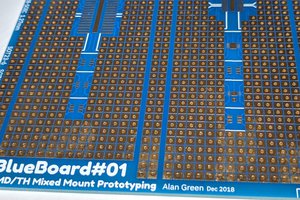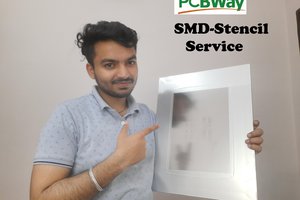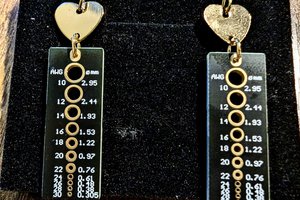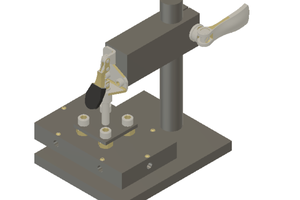Hey guys! I Hope you already enjoyed my previous post "Arduino MIDI Controller DIY" and you are ready for a new one, as usual I’m making a learning instructable to show you how to make some cool electronics stuff, and talking about electronics this post will take us back to one of the basics of electronics which is how to master the through-hole soldering so if you ever faced a troubles with soldering your components? Solder wire dripping? Components getting burned? Well, no more worries, because in this video I will teach you whatever you have to know about how soldering works. You can watch the tutorial video if you don't like reading ^_^
The Necessary Tools
As we all know, a great work needs the use ofgreat tools:
1. Solder iron
The task is so simple and all what you need is a solder iron and it’s important to know how the solder iron works and how to use it properly and securely, it’s a kind of hot metallic or ceramic resistance that could reach more than 400 Celsius degrees in a short period of time in order to molten the solder wire this is a dangerous tool that we are using in this video so please be careful when you take this soldering iron in your hands to avoid any sort of accidents. I’m using a pretty soldering station, it has a soldering iron already, just one more important information about the soldering iron which is the solder tips, it’s that part that get in contact with the solder wire and the electronic component and there is many kinds of solder tips, you have to pick one depending on the component you want to solder, there is some thin tips for thin component foot, and larger ones for larger component foot.
2. Solder wire
The second tool is the solder wire or the core wire, and also there is many types of solder wire depending on the task, the wire is made out of several different metal alloys that creates a soldering joint when melted so each solder wire type is made of a specific composition, but overall they fall into two categories: Lead and lead-free. Lead-free wire is more popular today because it causes less pollution. It is more expensive but not necessarily better. Anyway I advise you to use the lead-free wire for a batter appearance of you soldering and also I advise to choose the suitable diameter of the soldering wire which is between 0, 7 and 0, 8 millimeters. Choose a wire with flux in its core. It's simpler to use because you won't have to add additional flux after soldering.
3. Brass wire
The third tool is needed once you combine the solder iron and the soldering wire, I’m talking about the brass wire since the burning flux leaves dark marks on the soldering spot and on the tip of the soldering iron. You will need to clean the tip to remove these stains. This used to be done with a moist sponge, but these days a brass wire is preferred (we use brass because it's non-abrasive). The reason we don't use a sponge anymore is simple, yet important: it cools off the iron too fast. Repeated exposure to this kind of temperature shock will wear out the iron tip more quickly.
Extra Tools
There is other tools that you may need like the flux which is used to clean the soldering spot and to clean the PCB solder mask, a third hand is needed also and it will be like a kind of support for you while soldering the electronic components, you could also need a digital microscope to check the soldering spots after performing the soldering task.
Soldering Trick
Before moving to our first practicing assignment, here is a picture that shows how to place the component in its placement on the PCB and how to take the soldering iron and the solder wire.
The secret to successful soldering is to heat up everything at the same time: the solder wire, the soldering spot, and the component.
Start Your First Time Soldering
I’m using in this project a PCB that I have ordered from JLCPCB for one of my previous projects which is CNC plotter machine, you can refer...
Read more » DIY GUY Chris
DIY GUY Chris





 Alan Green
Alan Green
 Lithium ION
Lithium ION
 Ayesha
Ayesha
 Jayken
Jayken